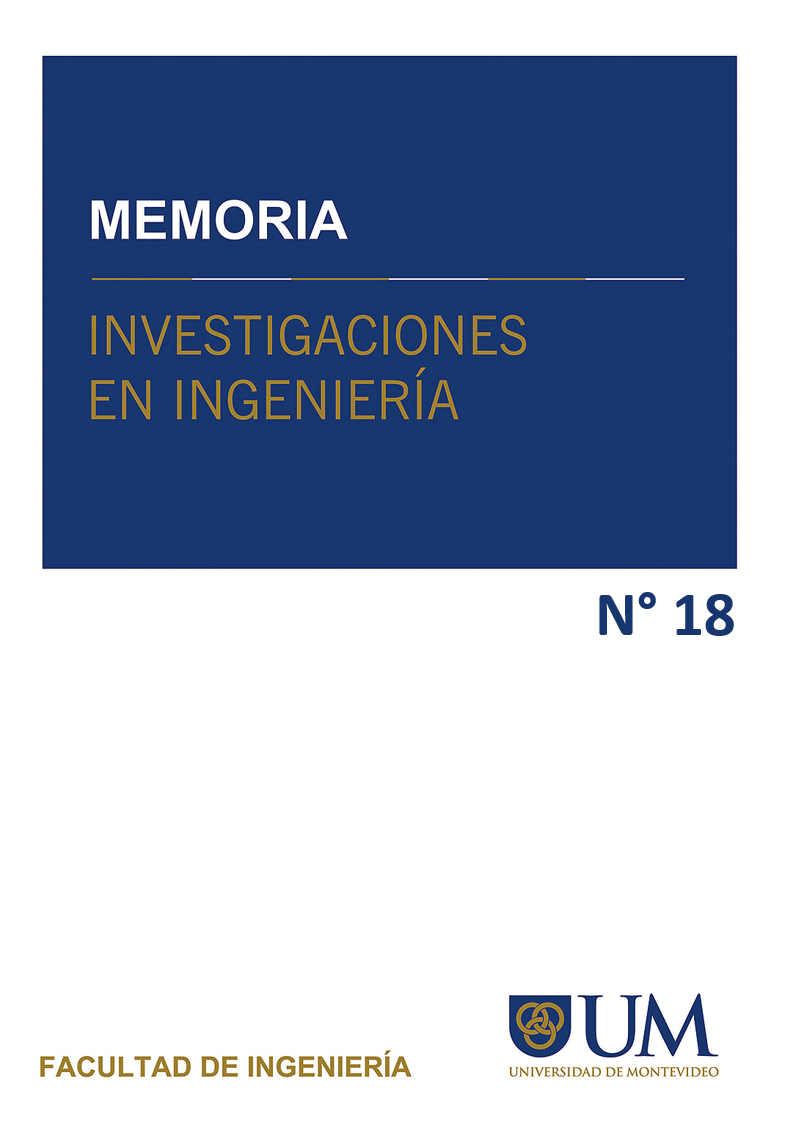Clasificador de logs de acceso para detección de incidentes de ciberseguridad
DOI:
https://doi.org/10.36561/ING.18.7Palabras clave:
Filtrado, Respuesta de ciberseguridad, CLF, Aprendizaje automáticoResumen
Recientemente los sitios web de los gobiernos en el mundo han sido objeto de ataques informáticos. Por ello urge una solución que asista a los analistas de ciberseguridad a detectar los incidentes con rapidez. Para optimizar el tiempo de detección en el proyecto se desarrolló un clasificador que filtre líneas de logs de servidores web en formato CLF (Combined Log Format) que indican comportamiento anómalo. Para ello, se codifican los logs de acceso en representación vectorial y luego se usa el algoritmo de aprendizaje automático K-NN ponderado (K vecinos más próximos) para filtrar los logs. Los datos de entrada fueron provistos por el CERTuy (Equipo de Respuesta ante Emergencias Informáticas) y el SOC (Centro de Operaciones de Seguridad). De las pruebas realizadas sobre el servicio de clasificación, se detectó el 82% de ofensas de ciberseguridad de un conjunto de datos asociado, se logró filtrar el 80% de logs que indican comportamiento normal y se disminuyó el tiempo de detección de logs que indican comportamiento anómalo de 13 horas a 15 minutos.






















